My journey into the world of hiking began as a casual weekend escape. But after completing Nepal’s Annapurna Circuit, I was transformed. The rugged trails, breathtaking views, and cultural immersion ignited a passion for exploration that has taken me across six continents over the past 15 years.
These trails aren’t just physical challenges—they’re life-changing experiences. From the euphoria of summiting a peak to the warmth of sharing stories with locals, each trek has shaped who I am today. This list represents the culmination of my global adventures, offering serious hikers the ultimate test of endurance and spirit.
Whether you’re drawn to the icy peaks of Patagonia or the lush valleys of New Zealand, these routes promise unforgettable rewards. They’re more than hikes—they’re invitations to discover the world and yourself in ways you never imagined.
Table of Contents
Key Takeaways
- Discover trails that challenge both body and mind.
- Experience cultural immersion and personal growth.
- Explore diverse landscapes across six continents.
- Gain insights from 15 years of global trekking experience.
- Prepare for life-changing adventures with practical tips.
Introduction to the Ultimate Hiking Challenge
My first attempt at summiting Kilimanjaro ended in failure, but it taught me resilience. Standing at the base of Africa’s highest peak, I felt a mix of excitement and fear. The altitude and harsh conditions were overwhelming, but the experience prepared me for future challenges. A year later, I returned and successfully reached the summit, proving that perseverance pays off.
Selecting these trails wasn’t just about difficulty—it was about their cultural significance and the lessons they offered. Each route has shaped my understanding of the wilderness and my place within it. From Patagonia’s relentless windstorms to the icy slopes of the Himalayas, every step has been a teacher.
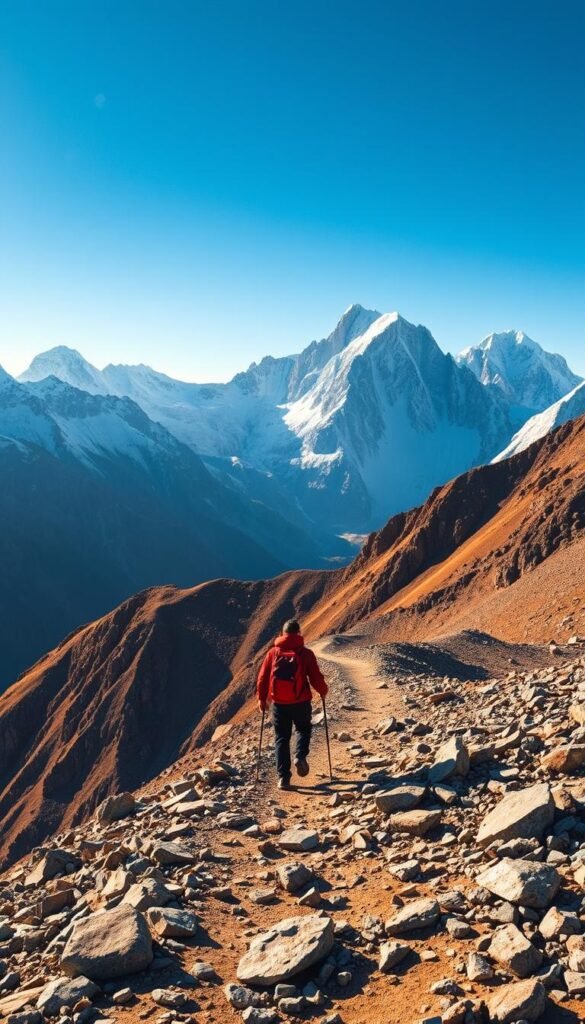
Gear is crucial for survival in extreme conditions. In Patagonia, I learned the importance of windproof layers. In the Himalayas, I discovered the value of insulated boots. These revelations have become my guide for tackling any terrain. Here’s a quick summary of essential gear for multi-week expeditions:
| Item | Purpose |
|---|---|
| Windproof Jacket | Protects against harsh winds |
| Insulated Boots | Keeps feet warm in snow |
| Lightweight Tent | Provides shelter in remote areas |
| Portable Stove | Ensures hot meals in the wild |
Mental transformation is just as important as physical preparation. Multi-week expeditions test your limits, forcing you to adapt and grow. The common thread among these hikes is their ability to push you beyond what you thought possible. They’re not just bucket list items—they’re life-changing journeys.
North America’s Most Iconic Trails
North America’s trails are a hiker’s dream, offering everything from granite peaks to alpine meadows. These routes are not just about the physical challenge—they’re about connecting with nature on a deeper level. Whether you’re navigating knife-edge passes or timing wildflower blooms, each step brings a new adventure.
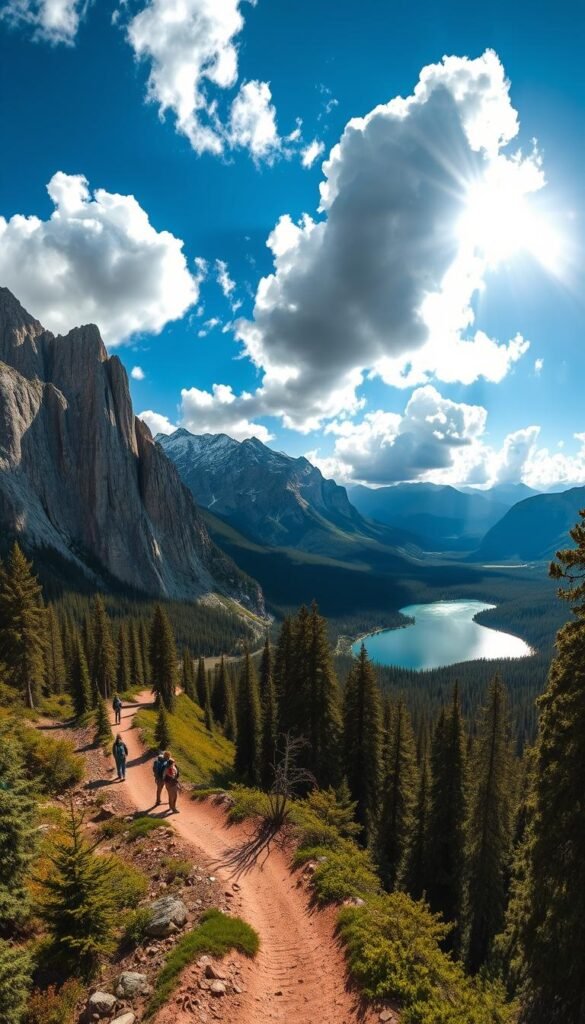
Yosemite National Park: The John Muir Trail
The John Muir Trail is a 340-kilometer journey through the Sierra Nevada. Starting in Yosemite Valley and ending at Mount Whitney, this trail is a test of endurance and skill. Early in the season, you’ll need an ice axe to navigate passes like Forester, which sits at 13,153 feet.
One of my most memorable moments was in Lyell Canyon. I had a near-miss encounter with a bear while crossing the meadows. It was a reminder of the wildness of this trail and the importance of being prepared. Resupply strategies are crucial here—bear canisters are a must.
Canadian Rockies: The Skyline Trail
The Skyline Trail in the Canadian Rockies is a 44-kilometer route that’s 60% above the treeline. The Notch, a climb with 2,500 meters of elevation, is the highlight of this trail. July is the best time to go, when wildflowers bloom and marmots are out in full force.
One of the toughest sections is known as “Three Passes Hell Day.” It’s a grueling stretch that tests even the most experienced hikers. Staying at the Shovel Pass Lodge is a great way to break up the journey and enjoy the stunning alpine views.
Resupply here is easier thanks to the Alpine Club of Canada huts. These provide shelter and a place to rest, making the Skyline Trail a bit more manageable compared to the John Muir Trail.
Europe’s Legendary Mountain Treks
Europe’s trails are a blend of history, culture, and breathtaking landscapes. From alpine meadows to rugged peaks, these routes offer more than just physical challenges—they’re journeys through time and tradition. Whether you’re crossing mountain passes or soaking in panoramic views, every step feels like an adventure.
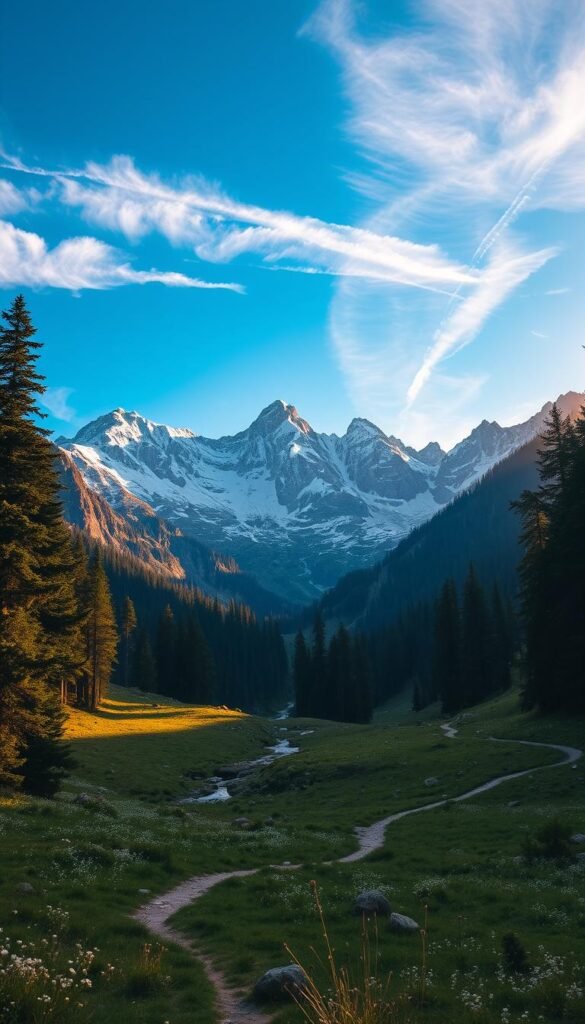
Tour du Mont Blanc: A Journey Through Three Countries
The Tour du Mont Blanc is a 170-kilometer route that winds through France, Italy, and Switzerland. With over 10,600 meters of elevation gain, it’s a test of endurance and determination. One of my favorite moments was watching the sunrise over Lac Blanc—the mirrored reflections were unforgettable.
For a quieter experience, take the Bovine Route alternative to avoid the crowded Col de la Forclaz. Cheese fondue stops along the way add a delicious cultural touch. Plan for 10-12 days to fully enjoy this trek.
The Dolomites’ Alta Via II: Italy’s Rugged Beauty
Alta Via II is a 160-kilometer traverse through Italy’s Dolomites. This trekking route requires via ferrata gear, especially for the 400-meter vertical gain on Sass Pordoi. The landscapes here are dramatic, with jagged peaks and lush valleys.
Stay at one of the 15 rifugios along the way—they’re stocked with speck and other local delicacies. Proper via ferrata technique is essential for safety. This trek typically takes 12-14 days, offering plenty of time to soak in the beauty.
| Feature | Tour du Mont Blanc | Alta Via II |
|---|---|---|
| Distance | 170 km | 160 km |
| Elevation Gain | 10,600 m | 9,000 m |
| Duration | 10-12 days | 12-14 days |
| Highlights | Lac Blanc, Cheese Fondue | Sass Pordoi, Rifugios |
Asia’s High-Altitude Adventures
Asia’s high-altitude trails have always called to me with their raw beauty and extreme challenges. From the towering peaks of the Himalayas to the lush valleys of Nepal, these treks are more than just physical tests—they’re journeys into the heart of some of the world’s most stunning landscapes.
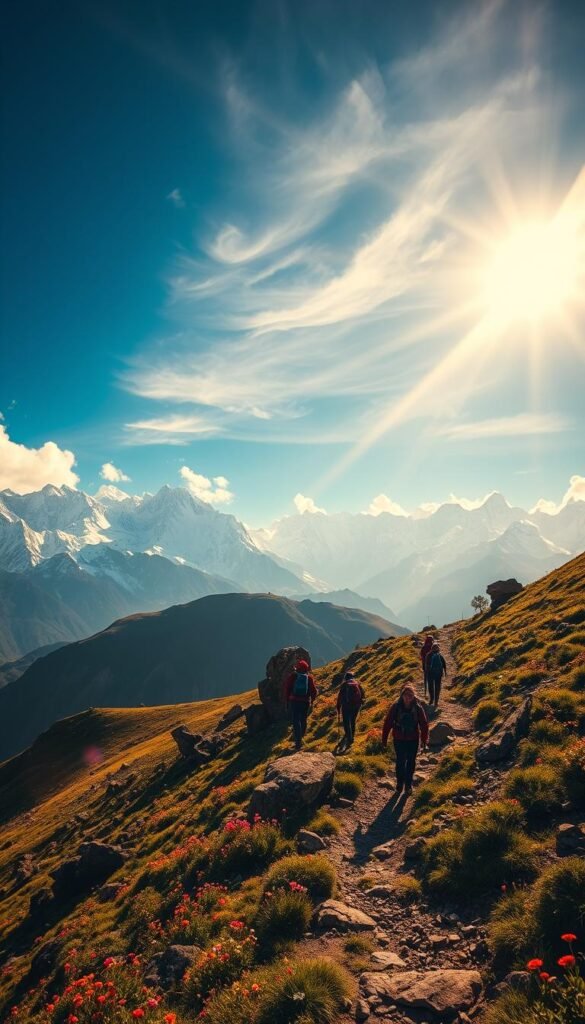
Everest Base Camp Trek: The Roof of the World
The Everest Base Camp trek is a 130-kilometer roundtrip that takes you to the base of the world’s highest peak. The climb to Kala Patthar, at 5,643 meters, offers a stunning summit view of Everest. A standard itinerary takes 12 days, but acclimatization is key. I recommend the Lobuche East peak climb for better adaptation to the elevation.
Teahouses along the route provide basic amenities, including Everest Link WiFi. However, the real challenge is navigating high-altitude passes and dealing with potential altitude sickness. From personal experience, always carry emergency oxygen and know the signs of Acute Mountain Sickness (AMS).
Annapurna Sanctuary Trek: Nepal’s Hidden Gem
The Annapurna Sanctuary trek is a 115-kilometer circuit that reaches 4,130 meters at the base camp. This region is known for its dramatic landscapes and vibrant rhododendron blooms in spring. Plan for 10-14 days to fully enjoy the journey through the Modi Valley.
Teahouses here offer solar showers, a welcome luxury after long hiking days. Hiring porters through local Kathmandu agencies ensures fair wages and ethical treatment. The Annapurna trek is less crowded than Everest, making it a quieter but equally rewarding experience.
| Feature | Everest Base Camp | Annapurna Sanctuary |
|---|---|---|
| Distance | 130 km | 115 km |
| Elevation | 5,643 m (Kala Patthar) | 4,130 m (Base Camp) |
| Duration | 12 days | 10-14 days |
| Highlights | Kala Patthar, Everest Views | Modi Valley, Rhododendron Blooms |
Africa’s Diverse and Stunning Landscapes
Africa’s landscapes are a tapestry of extremes, from towering peaks to vast wilderness. Each trail offers a unique blend of challenges and breathtaking beauty. Whether you’re scaling the continent’s highest summit or traversing rugged terrain, these hikes are unforgettable.
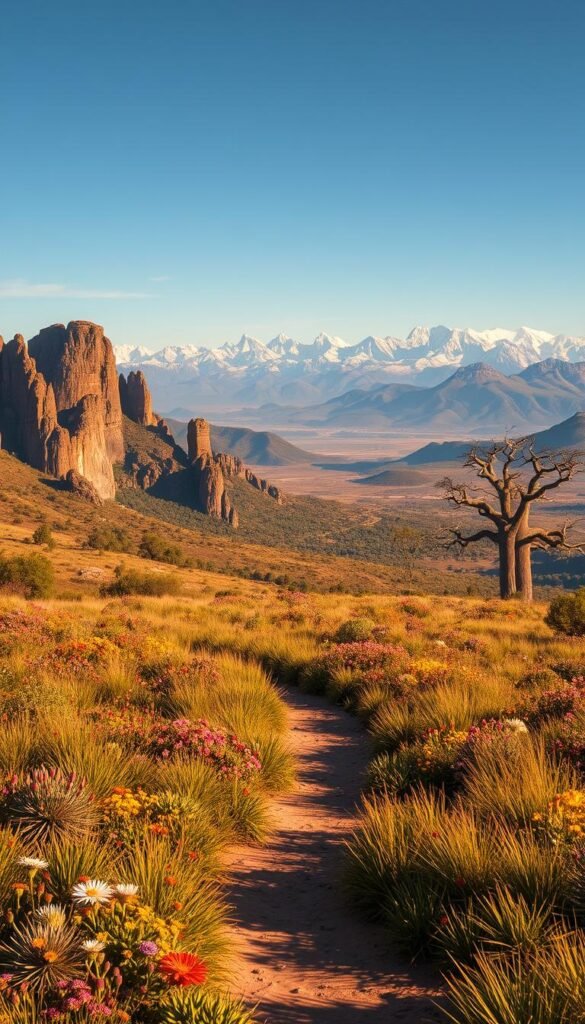
Mount Kilimanjaro: Africa’s Highest Peak
The Machame Route on Mount Kilimanjaro is a 62-kilometer journey to the 5,895-meter summit. Timing your ascent during a full moon offers stunning views of the crater glacier. The climb typically takes 6-8 days, with the summit night being the most challenging.
On my summit night, oxygen depletion led to vivid hallucinations. It was a surreal experience, but the reward of standing on the peak was worth every step. Proper gear is essential—summit temperatures can drop to -20°C.
The Drakensberg Grand Traverse: South Africa’s Epic Journey
The Drakensberg Grand Traverse is a 200-kilometer trek with 16,000 meters of elevation change. The Amphitheatre’s 80-meter vertical climb requires mastering the chain ladder technique. This wilderness adventure takes about 14 days to complete.
Starting at the Mnweni Cultural Centre requires a SANParks permit. Sudden storms are common, so waterproof gear is a must. Despite the challenges, the views of the mountain ranges are unparalleled.
| Feature | Mount Kilimanjaro | Drakensberg Grand Traverse |
|---|---|---|
| Distance | 62 km | 200 km |
| Elevation | 5,895 m | 16,000 m elevation change |
| Duration | 6-8 days | 14 days |
| Gear | Insulated layers, -20°C | Waterproof gear, sudden storms |
Africa’s diverse trails, from Kilimanjaro to the Drakensberg, offer some of the most rewarding hiking experiences. Whether you’re drawn to the icy summit or the rugged national park, these adventures will leave you transformed. For more inspiration, explore the best hikes in Africa.
South America’s Wild and Untamed Trails
South America’s trails have always captivated me with their raw, untamed beauty. From the icy peaks of Patagonia to the ancient stone paths of Peru, these routes offer more than just physical challenges—they’re journeys into the heart of some of the world’s most stunning landscapes.
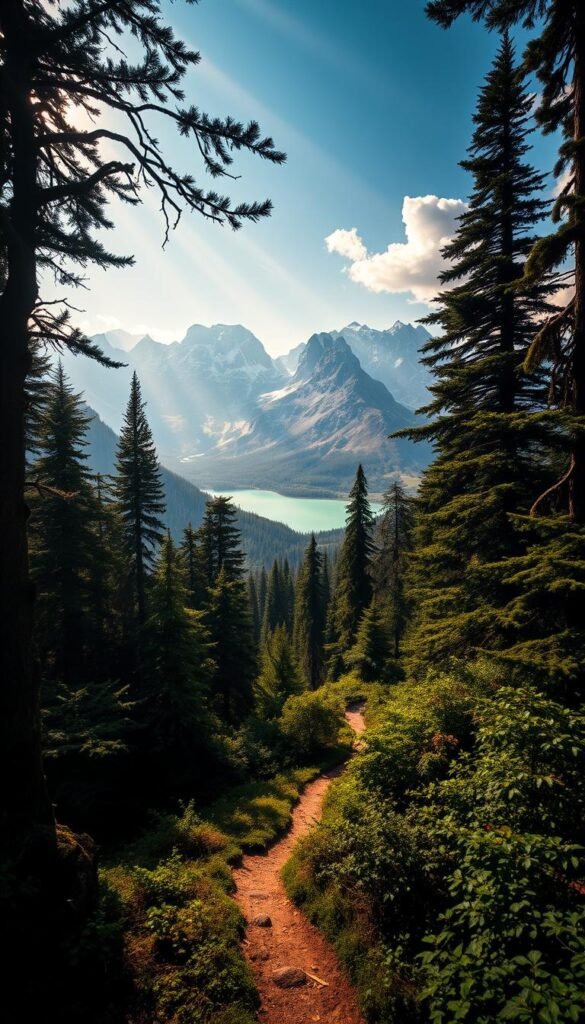
Torres del Paine Circuit: Patagonia’s Crown Jewel
The Torres del Paine Circuit is a 130-kilometer route through Chile’s iconic national park. With 15,000 feet of elevation gain, this trek takes 9-11 days to complete. I recommend hiking counterclockwise to avoid the crowds at Refugio Grey. The unpredictable weather here demands layers—Patagonia’s winds are relentless.
One of my most memorable moments was summiting the John Gardner Pass. The panoramic views of the Southern Patagonian Ice Field were worth every step. For those short on time, the W-trek offers a condensed version of this epic journey.
Inca Trail to Machu Picchu: A Historical Journey
The Inca Trail is a 42-kilometer stone path that leads to the ancient ruins of Machu Picchu. Permits are required and should be booked at least six months in advance. April is the best time to hike, avoiding the rainy season and crowds.
Summiting Dead Woman’s Pass under a full moon was a surreal experience. The trail’s microclimates add to its charm, transitioning from lush cloud forests to arid highlands. This history-rich trail is a testament to the ingenuity of the Inca civilization.
Oceania’s Breathtaking Coastal and Mountain Hikes
Oceania’s trails are a symphony of coastal cliffs and alpine peaks, offering a unique blend of challenges and beauty. From New Zealand’s fjords to Tasmania’s rugged wilderness, these hikes are a testament to nature’s diversity. Whether you’re navigating lush valleys or crossing snow-covered passes, every step reveals a new breathtaking view.
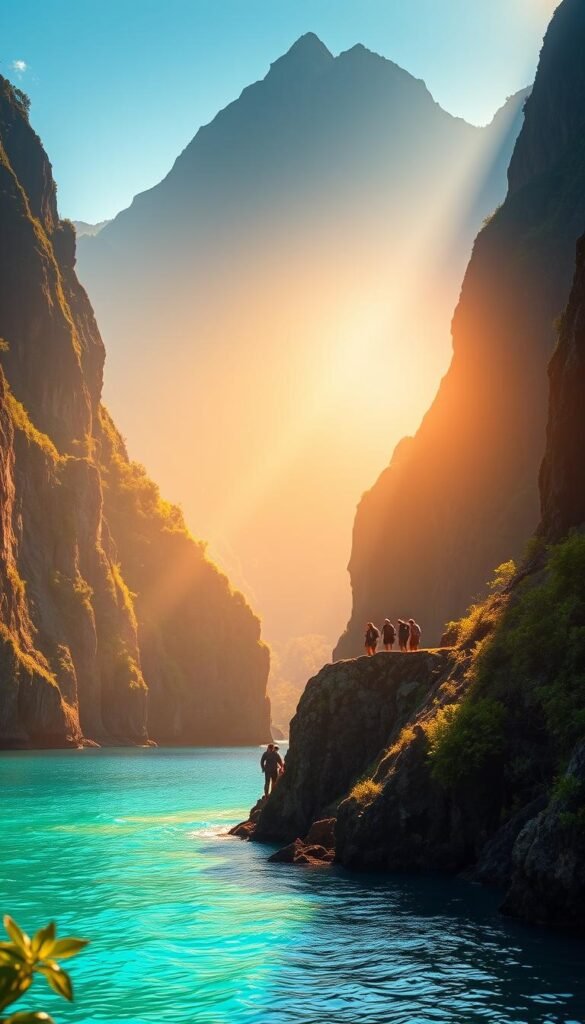
Milford Track: New Zealand’s Finest Walk
The Milford Track is a 53-kilometer journey through Fiordland National Park, often called New Zealand’s finest walk. With 1,140 meters of elevation gain, this trail takes you through the Clinton Valley, where February’s sandfly season can test your patience. The mandatory hut system ensures a structured yet immersive experience.
One of my most memorable moments was swimming in the backcountry near Sutherland Falls. The icy water was a shock, but the sheer beauty of the cascading waterfall made it worth it. For those who prefer a knee-friendly finish, the Lake St Clair ferry offers a scenic alternative to the final stretch.
Overland Track: Tasmania’s Wilderness Adventure
The Overland Track is a 65-kilometer trek through the Tasmanian World Heritage Area, taking about six days to complete. Winter hiking here requires extra precautions, especially around Cradle Mountain’s snow-covered terrain. The DOC hut cooking systems differ from Tasmania’s fuel stove rules, so plan accordingly.
During my hike, I was struck by the dramatic scenery—from alpine plateaus to serene lakes. The trail’s diversity keeps you engaged, with each day offering a new challenge. Whether you’re a seasoned hiker or a first-timer, the Overland Track is a wilderness adventure you won’t forget.
Planning Your 12 Bucket List World Hikes
Embarking on a series of challenging trails is a journey that unfolds over years, not days. To tackle the world’s most iconic routes, you’ll need a well-thought-out plan that balances difficulty and progression. Start with easier trails like the Overland Track and gradually work your way up to the demanding Drakensberg Grand Traverse.
One of the first steps is understanding visa and permitting timelines. For example, the Inca Trail requires permits booked at least six months in advance, while Kilimanjaro permits can be secured within a month. Planning ahead ensures you don’t miss out on these bucket-list experiences.
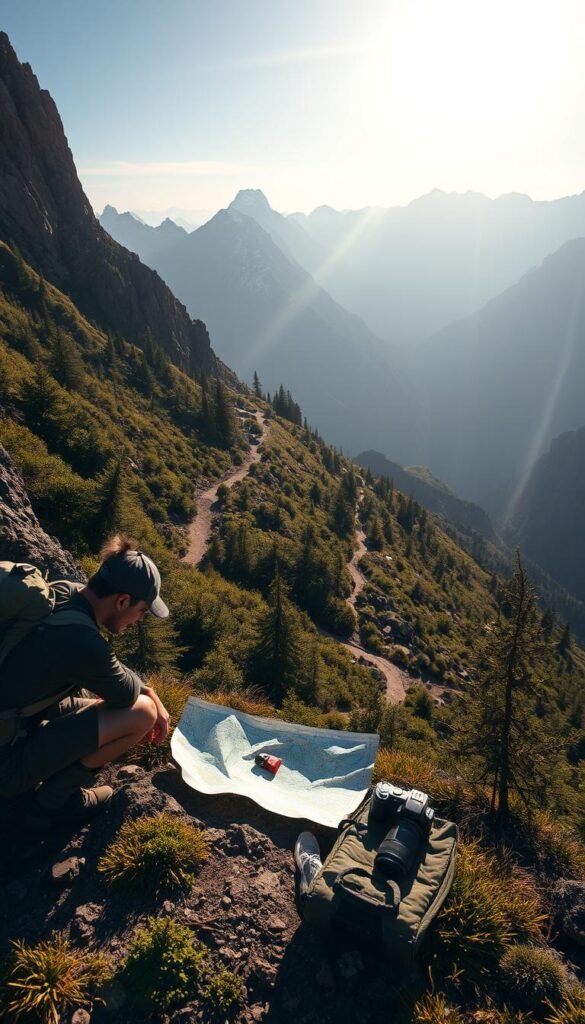
Hiring a guide can make or break your trek. In Nepal, porters cost around $25 per day, while Patagonian mountain guides charge up to $150 daily. Here’s a quick comparison to help you budget:
| Location | Guide Cost (Per Day) |
|---|---|
| Nepal | $25 |
| Patagonia | $150 |
Gear is another critical aspect. A well-organized spreadsheet can help you track essentials like trekking poles, layers, and waterproof gear. For trails in bear country, don’t forget a bear canister—it’s a must for safety and compliance.
- Trekking poles for steep grades
- Layered clothing for changing weather
- Waterproof gear for sudden storms
- Bear canisters for specific trails
Training is equally important. Combine stair sessions with altitude simulations to prepare for high-elevation hikes. Acclimatization is key, especially for trails like Everest Base Camp or Kilimanjaro. For more tips on preparing for U.S.-based hikes, check out this guide to awesome hikes.
By breaking your adventure into manageable steps, you’ll not only conquer these trails but also enjoy the journey. Every trek is a chance to grow, learn, and discover new horizons. This section is your roadmap to making those dreams a reality.
Conclusion: Embark on Your Hiking Adventure
Standing atop Kala Patthar, watching the sunrise paint Everest in golden hues, I felt a profound connection to the world around me. That moment wasn’t just about the view—it was about the sense of accomplishment and the realization that these trails are more than physical challenges. They’re gateways to self-discovery.
My next goal? Completing all the hikes on this list within five years. It’s a daunting task, but one I’m eager to embrace. And I encourage you to take the first step too. Choose your bucket-list trail within the next 48 hours—commit to the adventure that calls to you.
Need help planning? I’m offering personalized itinerary consultations through my website. Let’s craft a journey that fits your goals and dreams.
As Ansel Adams once said, “The wilderness holds answers to questions we have not yet learned to ask.” So, lace up your boots, step outside, and let the trails guide you to your own transformative moments.

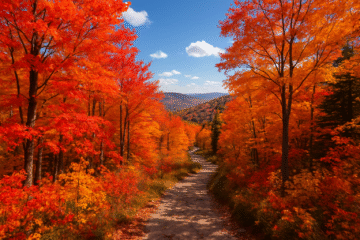
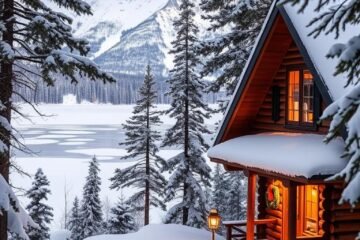
0 Comments